Dihexa 10mg
Dihexa 10mg
Dihexa, a synthetic peptide derived from angiotensin IV, enhances cognitive function, promotes neurogenesis and synaptic connectivity, aids in recovery from neurodegenerative diseases and brain injuries, and may improve mood and mental performance (PMID: 34827486)
Dihexa Research Topics:
-
Cognitive Enhancement:
Dihexa is known to improve cognitive function, memory acquisition, consolidation, and retrieval. It enhances synaptic connectivity and promotes the formation of new neurons and synapses, which can significantly boost learning and memory abilities. (PMID: 34827486)
-
Neuroprotection and Neuroregeneration:
Dihexa has shown promise in treating neurodegenerative diseases such as Alzheimer’s and Parkinson’s by repairing synaptic damage and promoting the growth of new neurons. It activates hepatocyte growth factor (HGF) receptors, which stimulate neuronal growth and differentiation, potentially reversing cognitive impairments. (PMID: 34827486)
-
Stroke and Injury Recovery:
Dihexa aids in the recovery from strokes and traumatic brain injuries by enhancing synaptic connectivity and reducing inflammation in the brain. It has been observed to improve motor functions and cognitive recovery post-injury. (PMID: 34827486)
-
Mood and Mental Health:
Dihexa may help manage depression and improve mental stamina, problem-solving skills, and social intuition. It enhances overall mental performance and could potentially be used as a nootropic for cognitive enhancement in healthy individuals. (PMID: 34827486)
Structure
- dihexa
- 1401708-83-5
- L-Isoleucinamide, N-(1-oxohexyl)-L-tyrosyl-N-(6-amino-6-oxohexyl)-
- N-hexanoic-Tyr-Ile-(6) aminohexanoic amide
- 9WYX65A5C2
Research
Dihexa, also known as N-hexanoic-Tyr-Ile-(6) aminohexanoic amide, is a potent and orally active small peptide that has been the focus of significant research due to its potential neurogenic and neuroprotective effects. This compound, derived from angiotensin IV, has been shown to possess a wide range of biological activities, including enhancing cognitive function, promoting neurogenesis, and potentially mitigating the effects of neurodegenerative diseases.
Dihexa’s primary mechanism of action involves its interaction with hepatocyte growth factor (HGF) and its receptor, c-Met. By mimicking the effects of HGF, Dihexa can stimulate the c-Met receptor, leading to a cascade of events that promote neurogenesis and synaptic plasticity. Studies by Benoist et al. (2014) have demonstrated that Dihexa can enhance cognitive function in rats, suggesting potential applications in cognitive enhancement and the treatment of cognitive disorders.
In addition to its neurogenic effects, Dihexa has been shown to possess neuroprotective properties. Research by Kawas et al. (2017) found that Dihexa could protect neurons from apoptosis, suggesting potential applications in the treatment of neurodegenerative diseases such as Alzheimer’s and Parkinson’s disease.
Given its neurogenic and neuroprotective effects, Dihexa has been proposed as a potential therapeutic agent for a variety of conditions, including cognitive disorders, neurodegenerative diseases, and stroke. For instance, a study by Harding et al. (2018) found that Dihexa could improve outcomes in animal models of stroke, indicating its potential as a therapeutic agent in stroke recovery.
While research on Dihexa is promising, it is important to note that most studies have been conducted in animals or in vitro. More research is needed to fully understand the potential effects and applications of Dihexa in humans. However, the existing body of research suggests that Dihexa could be a promising tool in the treatment of cognitive disorders and neurodegenerative diseases.
Source:
- Sun X, Deng Y, Fu X, Wang S, Duan R, Zhang Y. AngIV-Analog Dihexa Rescues Cognitive Impairment and Recovers Memory in the APP/PS1 Mouse via the PI3K/AKT Signaling Pathway. Brain Sci. 2021 Nov 11;11(11):1487. doi: 10.3390/brainsci11111487. PMID: 34827486; PMCID: PMC8615599.
$19.99
Description
Dihexa, a synthetic peptide derived from angiotensin IV, enhances cognitive function, promotes neurogenesis and synaptic connectivity, aids in recovery from neurodegenerative diseases and brain injuries, and may improve mood and mental performance (PMID: 34827486)
Dihexa Research Topics:
-
Cognitive Enhancement:
Dihexa is known to improve cognitive function, memory acquisition, consolidation, and retrieval. It enhances synaptic connectivity and promotes the formation of new neurons and synapses, which can significantly boost learning and memory abilities. (PMID: 34827486)
-
Neuroprotection and Neuroregeneration:
Dihexa has shown promise in treating neurodegenerative diseases such as Alzheimer’s and Parkinson’s by repairing synaptic damage and promoting the growth of new neurons. It activates hepatocyte growth factor (HGF) receptors, which stimulate neuronal growth and differentiation, potentially reversing cognitive impairments. (PMID: 34827486)
-
Stroke and Injury Recovery:
Dihexa aids in the recovery from strokes and traumatic brain injuries by enhancing synaptic connectivity and reducing inflammation in the brain. It has been observed to improve motor functions and cognitive recovery post-injury. (PMID: 34827486)
-
Mood and Mental Health:
Dihexa may help manage depression and improve mental stamina, problem-solving skills, and social intuition. It enhances overall mental performance and could potentially be used as a nootropic for cognitive enhancement in healthy individuals. (PMID: 34827486)
Structure
- dihexa
- 1401708-83-5
- L-Isoleucinamide, N-(1-oxohexyl)-L-tyrosyl-N-(6-amino-6-oxohexyl)-
- N-hexanoic-Tyr-Ile-(6) aminohexanoic amide
- 9WYX65A5C2
Research
Dihexa, also known as N-hexanoic-Tyr-Ile-(6) aminohexanoic amide, is a potent and orally active small peptide that has been the focus of significant research due to its potential neurogenic and neuroprotective effects. This compound, derived from angiotensin IV, has been shown to possess a wide range of biological activities, including enhancing cognitive function, promoting neurogenesis, and potentially mitigating the effects of neurodegenerative diseases.
Dihexa’s primary mechanism of action involves its interaction with hepatocyte growth factor (HGF) and its receptor, c-Met. By mimicking the effects of HGF, Dihexa can stimulate the c-Met receptor, leading to a cascade of events that promote neurogenesis and synaptic plasticity. Studies by Benoist et al. (2014) have demonstrated that Dihexa can enhance cognitive function in rats, suggesting potential applications in cognitive enhancement and the treatment of cognitive disorders.
In addition to its neurogenic effects, Dihexa has been shown to possess neuroprotective properties. Research by Kawas et al. (2017) found that Dihexa could protect neurons from apoptosis, suggesting potential applications in the treatment of neurodegenerative diseases such as Alzheimer’s and Parkinson’s disease.
Given its neurogenic and neuroprotective effects, Dihexa has been proposed as a potential therapeutic agent for a variety of conditions, including cognitive disorders, neurodegenerative diseases, and stroke. For instance, a study by Harding et al. (2018) found that Dihexa could improve outcomes in animal models of stroke, indicating its potential as a therapeutic agent in stroke recovery.
While research on Dihexa is promising, it is important to note that most studies have been conducted in animals or in vitro. More research is needed to fully understand the potential effects and applications of Dihexa in humans. However, the existing body of research suggests that Dihexa could be a promising tool in the treatment of cognitive disorders and neurodegenerative diseases.
Source:
- Sun X, Deng Y, Fu X, Wang S, Duan R, Zhang Y. AngIV-Analog Dihexa Rescues Cognitive Impairment and Recovers Memory in the APP/PS1 Mouse via the PI3K/AKT Signaling Pathway. Brain Sci. 2021 Nov 11;11(11):1487. doi: 10.3390/brainsci11111487. PMID: 34827486; PMCID: PMC8615599.




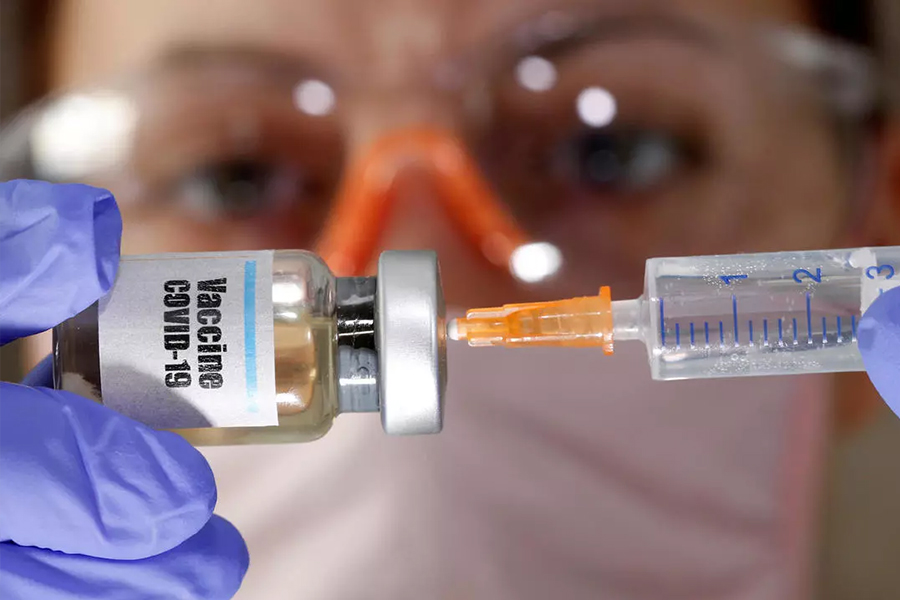

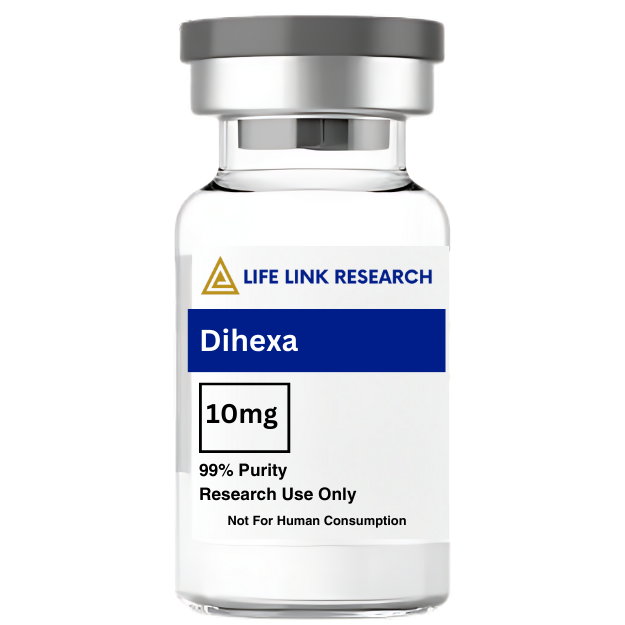
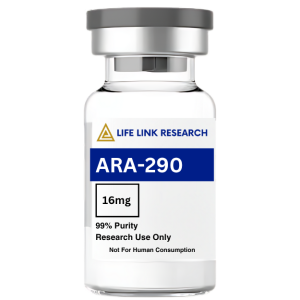
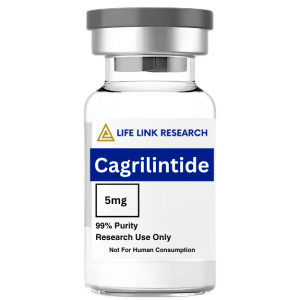
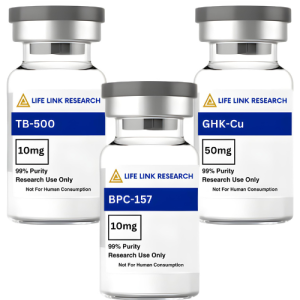
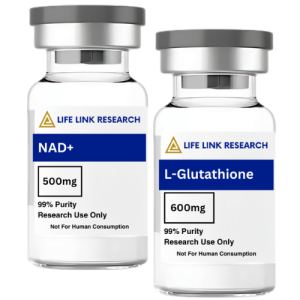
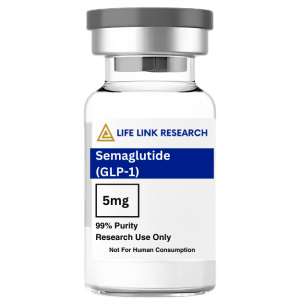
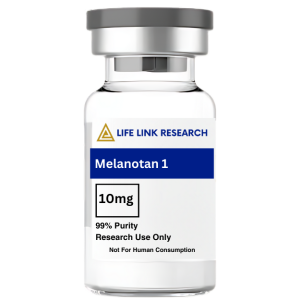


Reviews
There are no reviews yet.